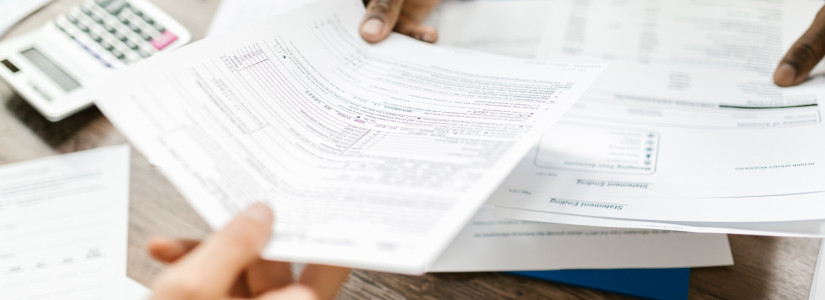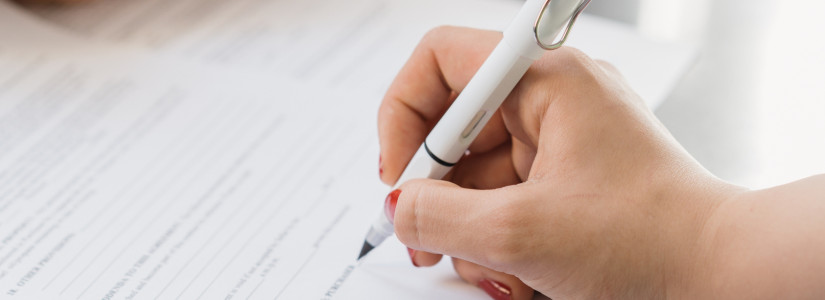Puerto Rico Receives New FEMA Grants for Hurricane Recovery
Hurricane Maria, a Category 5 tropical cyclone, blew over the Caribbean in 2017. To date, it's the tenth-most intense hurricane to have formed in the Atlantic Ocean. The hurricane passed over the United States territory of Puerto Rico on September 20. Although it had weakened to a Category 4 storm, it caused devastating damage across the island. The island is still in recovery in 2020. The Federal Emergency Management Agency (FEMA) awarded a new grant to Puerto Rico on September 18, 2020. This grant will be for two new infrastructure projects on the island.
Puerto Rico's Preparations Ahead of Hurricane Maria
Puerto Rico had some advance warning that Hurricane Maria would make landfall. Its preparations included evacuation orders and opening 450 emergency shelters. Unfortunately, Puerto Rico's federally-imposed budget crisis meant that it had lost 30% of its electrical and utility workers. The nation already had substandard infrastructure before the hurricane made landfall. Hurricane Irma had made landfall on Puerto Rico two weeks prior to Hurricane Maria. Irma left millions without power, and 80,000 still didn't have electricity when Hurricane Maria reached the island. More than 90% of the territory's stockpile of tarps, blankets and water had already been distributed to the U.S. Virgin Islands, so it was left with little in the way of emergency supplies.
Hurricane Maria's Landfall
Hurricane Maria made landfall on Puerto Rico as a Category 4 storm on the Saffir-Simpson scale. It had sustained winds of 155 miles per hour. Up to 37.9 inches of rain fell across the island. Waist-deep flooding affected San Juan, the territory's capital. More than 2,000 people were rescued by the United States military in the first 24 hours. Flooding was up to 15 feet deep in some areas.
Immediate Effects of Hurricane Maria
Hurricane Maria destroyed 80% of Puerto Rico's agricultural crops. It also destroyed the entire power grid, causing all of Puerto Rico's 3.4 million residents to have no electricity. More than 95% of all cell towers went down. Landslides occurred throughout the mountainous island, with some places experiencing more than 25 landslides per square mile. This impacted the ability of rescuers and supply deliveries to get to where they needed to be.
Ongoing Aftermath of Hurricane Damage
By one week after Hurricane Maria's landfall, Puerto Rico had an estimated $90 billion in damage. More than 95% of people still had no electricity, and more than half didn't have clean drinking water flowing from their taps. Two weeks after landfall, there were fuel shortages, with 85% of gas stations out of gasoline and diesel fuel. By the beginning of October, the United States military opened its airfields and brought in supplies. Three months after Hurricane Maria's landfall, 45% of people still had no power. Puerto Rico is a major supplier of medical devices and supplies. Throughout 2018 and 2019, the United States experienced major shortages, especially of IV bags. FEMA only rebuilds homes for which the owner has a title. In much of Puerto Rico, people build homes on family land without going through a legal or titling process. This meant that few people got any help with repairing or rebuilding their homes. The official death toll from Hurricane Maria in Puerto Rico was 64, but demographers estimated that up to 6,700 people died as a result of the Hurricane.
Infrastructure Recovery Grants from FEMA
Through 2019, FEMA spent $20 billion on Hurricane Maria recovery efforts in Puerto Rico. This was much less than it spent on hurricane recovery efforts in Florida and Texas from Hurricanes Harvey and Irma. On September 18, 2020, FEMA issued a press release that it is awarding $13 billion in grants to Puerto Rico to rebuild its electrical grid and its educational system. That is the third-largest federal grant for public assistance FEMA has ever provided. Its two largest grants were for Hurricanes Katrina and Sandy.
How the FEMA Grants Will Help Puerto Rico
These two grants for Puerto Rico will be administered through the Robert T. Stafford Disaster Relief and Emergency Assistance Act. It allows Puerto Rico's leaders to have more control over where the funds go and how they are allocated. More local control will help the residents of Puerto Rico feel as if their needs are being met. The local leaders usually know more about the issues in communities and how to best serve their residents in a time of dire need.












